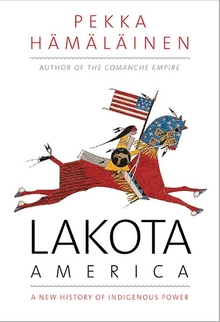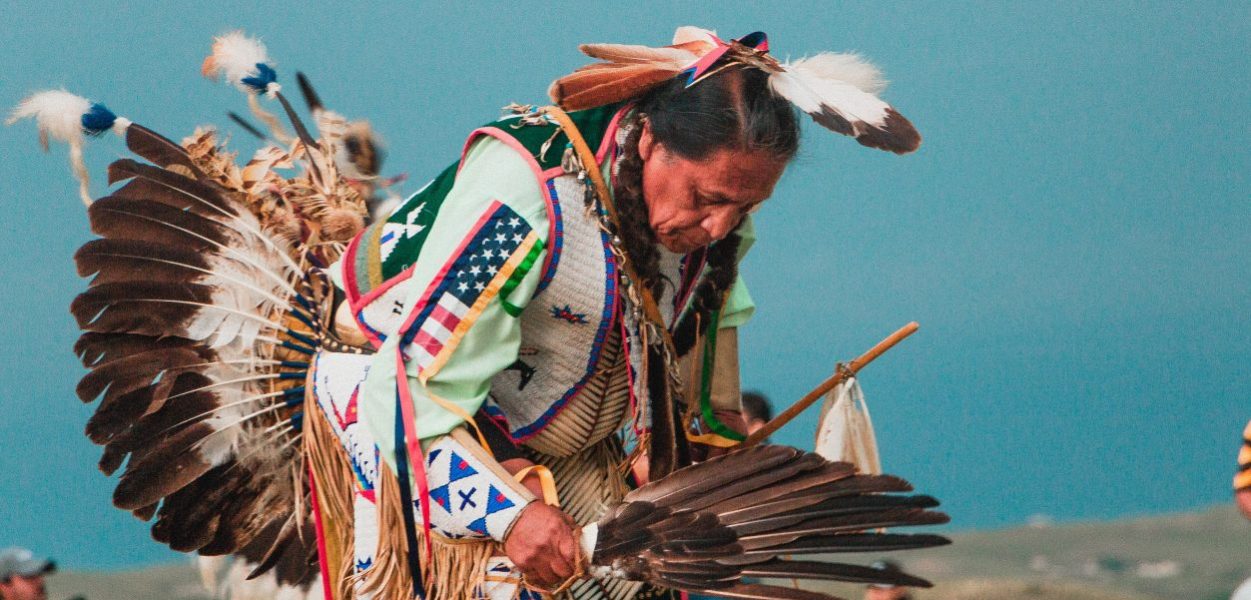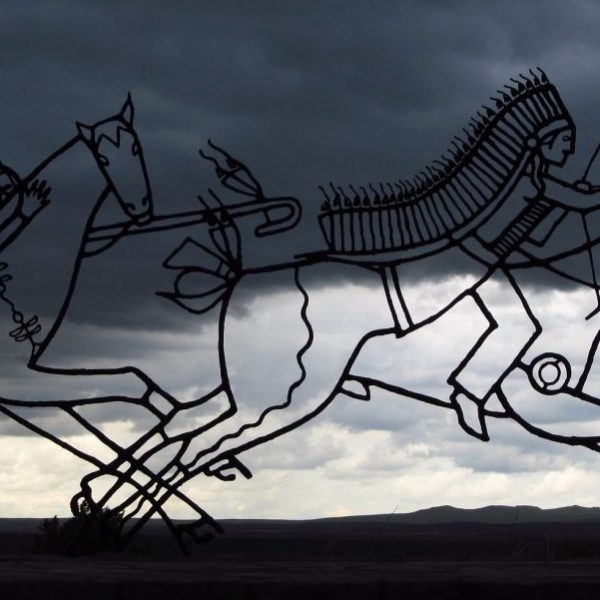Dances with Wolves and the Many Abuses of Lakota History
Pekka Hämäläinen—
The histories of the Lakota people and the United States are intimately and violently linked. The Lakotas almost always seem to be there when American history turns and shifts. They were there in 1776, consolidating themselves as a nation in the Black Hills just as the American colonists declared their independence from the British Empire in Philadelphia. A century later, on the cusp of the United States’ centennial, the Lakotas were there when General George Armstrong Custer led the Seventh U.S. Cavalry into the Little Bighorn Valley, delivering the worst and the most famous defeat to the U.S. Army in its decades-long Indian Wars. Fourteen years later, at Wounded Knee, the Lakotas became victims of the largest massacre of Native peoples on U.S. soil in a ruthless, retributive, and genocidal assault on civilians when the U.S. Army killed more than two hundred Lakota people. It remains the most infamous case of U.S. brutality toward Native Americans.
While the Lakotas, as flesh-and-blood people, navigated ever-changing political waters, forging a modern version of Indigenous nationhood and sovereignty in North America, they began to loom ever-larger in the American consciousness as symbolic victims of the United States’ imperial arrogance and historical sins. Dee Brown’s 1970 Bury My Heart at Wounded Knee: An Indian History of the American West touched a raw nerve with its poignant account of the brutal dispossession of the Plains Indians, a story many read as a condemnation of the United States’ involvement in the Vietnam War. The book ended with a requiem for a lost Indigenous civilization, destroyed by a ruthless alien power, reviving once more the deep-seated ideology of the vanishing Indian, destined to fade into oblivion in the face of the modern. Brown’s book traced the histories of several Plains Indian nations, but the Lakotas, as the victims at Wounded Knee, were its moral center.
A different kind of deployment of Lakota history marked the 1990 motion picture Dances with Wolves, which portrayed the Lakotas in the twilight of their buffalo-centered plains existence, about to be mowed down by the U.S. Army. Capitalizing on the Lakotas’ outsized place in popular consciousness, the director-producer-star Kevin Costner and the screenwriter Michael Blake had little use for the actual Native American history. They simply replaced the Comanches, the protagonists of Blake’s 1988 novel on which the film was based, with the Lakotas without changing the key historical events. The result was a jarring mishmash whereby the formidable Lakotas were victimized by bloodthirsty Pawnees, who in reality had been at the receiving end in their long-lasting feuds and wars, and where a Lakota elder holds the helmet of a Spanish conquistador while reminiscing about his nation’s ancient clashes with Spanish colonists—which would have been fine had the protagonists been the Comanches in the southern Plains. In a 1991 interview, Blake explained the change through numbers: “the Comanche pool would have been too small to utilize in terms of leading roles and extras. A bigger reason for the change is that the largest buffalo herd on earth is kept near South Dakota, where the film was ultimately shot, on territory the Sioux had formerly inhabited.” It is not hard to imagine a different kind of logic at play: the Lakotas, the vanquishers of Custer, could fill more seats.
As historical distortions go, this may not seem a particularly serious one. There is, however, a larger issue at play. Native Americans have fought for their rights, self-determination, and sovereignty for generations, facing formidable resistance from the U.S. government and individual states of the Union. Much of their fighting has focused on legitimacy, and there they have faced daunting odds. They have been dismissed as conquered people who should simply accept their fate, as dysfunctional alcoholics not worthy of government support, as freeloaders who receive undeserved and debilitating handouts from Washington, D.C. These misunderstandings and distortions stem from imperfect and selective historical memory. Native Americans are entitled to government support because they signed more than five hundred treaties with the United States, ceding land in return for compensatory material support.
The distortions of Dances with Wolves exemplify a larger problem: Native Americans and their histories are not taken seriously. They are fodder for entertainment, providing ethnic timbre and drama for the great sweep of American history, and they are useful as moral touchstones, offering opportunities for reflection. No other Native nation has been as thoroughly harnessed to such purposes as the Lakotas. They have become a foil of the American condition, a Swiss Army knife of American history—flexible, malleable, and almost endlessly adaptable to new needs and circumstances. What go missing under such conditions are real histories, real needs, and real people.
Pekka Hämäläinen is the Rhodes Professor of American History and Fellow of St. Catherine’s College at Oxford University. He has served as the principal investigator of a five-year project on nomadic empires in world history, funded by the European Research Council. His previous book, The Comanche Empire, won the Bancroft Prize in 2009.
Further Reading:



























